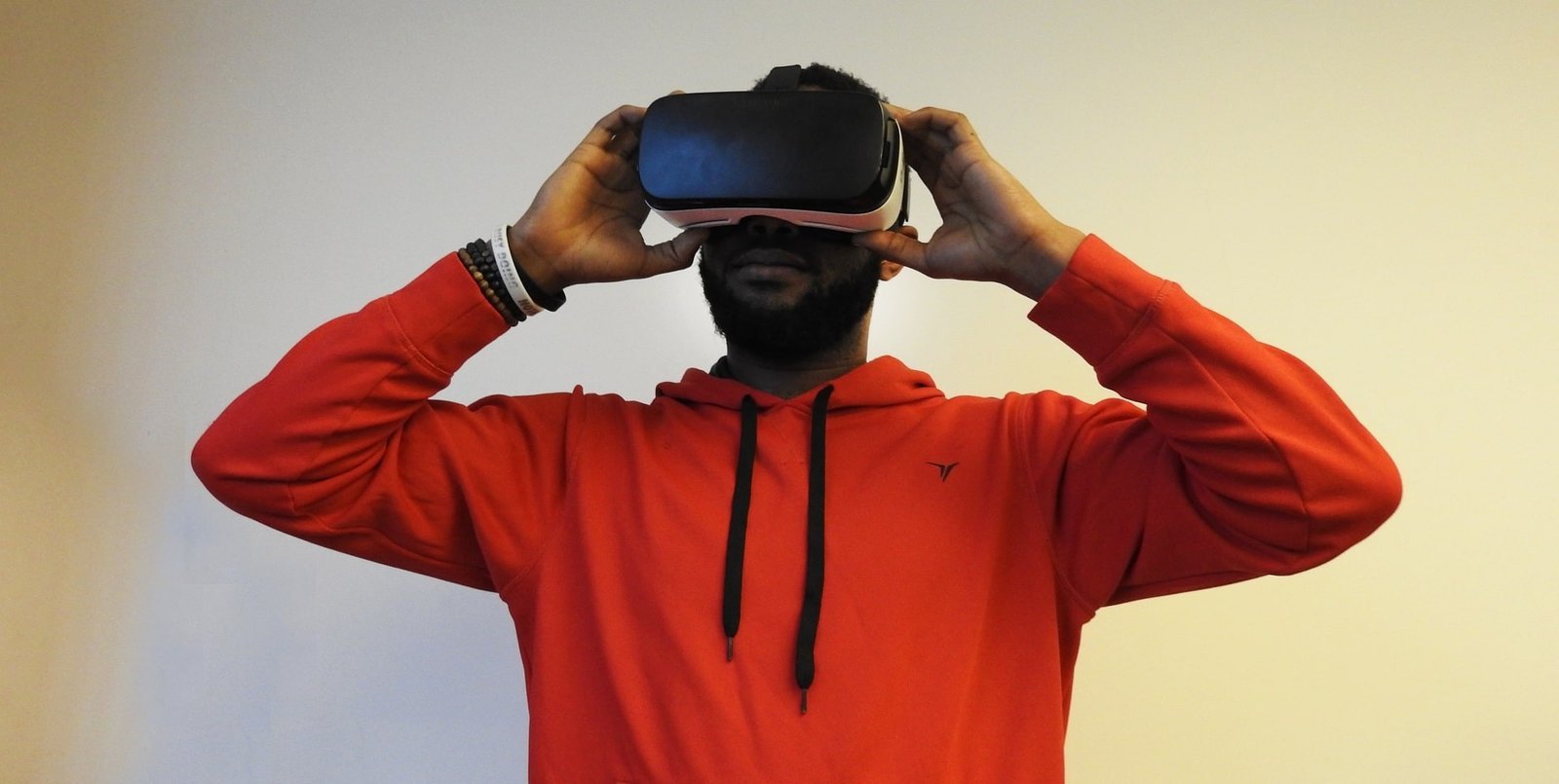In the recent OpenAI saga, the prevailing belief points towards Microsoft Corp. emerging as the significant victor. However, upon closer inspection, our perspective diverges from this conventional wisdom.
As of last Thursday, before the dismissal of OpenAI Chief Executive Sam Altman and the ensuing public drama, both Microsoft and OpenAI find themselves in a less favorable position. Despite holding a substantial lead in market momentum, artificial intelligence adoption, and feature acceleration, the recent events have jeopardized their standing and influence in the field of AI.
Engaging in conversations with customers and industry insiders has led us to a noteworthy conclusion: the formidable duo has inadvertently placed its considerable lead at risk. While Microsoft CEO Satya Nadella is skillfully making the best of a challenging situation, the competitive landscape has shifted. It has become increasingly apparent that relying solely on one large language model to dominate the AI scene is no longer a given.
In this Breaking Analysis, we delve into the repercussions of the OpenAI meltdown, focusing on the customer perspective and how it reshapes the competitive dynamics in the ongoing battle for AI supremacy. Additionally, our exceptional data team at Enterprise Technology Research conducted a swift survey among OpenAI Microsoft customers to capture their reactions, and we are eager to share this fresh and insightful data.
The dynamics of the Microsoft-OpenAI alliance, once a powerhouse, now face a critical juncture. The implications of these recent events extend beyond corporate boardrooms and into the broader AI community, raising questions about the trajectory of AI development and the role of industry giants in shaping this future.
As we navigate through this unfolding narrative, it becomes clear that the fallout from the OpenAI saga extends beyond the corporate realm. It is a shared concern for customers, industry observers, and enthusiasts alike. The evolving landscape prompts us to reevaluate the assumptions we held about the dominance of a single model and underscores the importance of adaptability and resilience in the rapidly changing world of AI.
The race for AI supremacy has entered a new phase, one marked by uncertainty and the repositioning of key players. Microsoft and OpenAI, once at the forefront, now find themselves adapting to unforeseen challenges. The narrative is no longer solely about technological prowess but also about how companies navigate adversity and regain lost ground.
In the coming days, as the dust settles from the OpenAI meltdown, the industry will witness strategic shifts and renewed efforts from these giants to reclaim their positions. How well they respond to the concerns and expectations of their customer base will play a pivotal role in determining their success in the next chapter of the AI saga.
As we reflect on these developments, it is evident that the story of AI supremacy is far from over. The twists and turns, challenges, and adaptations in response to setbacks are all part of a narrative that continues to captivate and shape the future of technology. The resilience of the industry, the creativity of its leaders, and the evolving needs of customers will collectively define the next era in the ongoing battle for AI supremacy.
In the spirit of transparency and insight, our data team at Enterprise Technology Research conducted a rapid survey among OpenAI Microsoft customers. The responses provide a valuable snapshot of sentiments within the user community, shedding light on how these events are perceived by those directly impacted. The results of this survey offer a glimpse into the real-world implications of the OpenAI saga and will be crucial in understanding the evolving landscape of AI adoption and customer expectations.
In conclusion, the OpenAI meltdown has injected a dose of unpredictability into the race for AI supremacy. The once-unchallenged dominance of Microsoft and OpenAI now faces scrutiny, and the narrative is evolving beyond a simple win or lose scenario. It is a testament to the dynamic nature of the tech industry, where resilience and adaptability are as crucial as technological prowess. The story continues, and the next chapter promises to be as intriguing as the developments that have led us to this point.
As we collectively navigate through these uncertain waters, it is a reminder that the pursuit of AI supremacy is not a linear journey. It is a nuanced, ever-evolving saga that demands careful consideration, adaptability, and a commitment to the shared goal of advancing technology for the benefit of humanity.
OpenAI, initially established as a nonprofit in 2015, set out with the admirable goal of creating safe artificial general intelligence for the benefit of humanity. Typically, such initiatives receive government funding, but in this case, private industry players opted for a 501(c)(3) structure to best serve the mission. However, despite the initial $1 billion funding from its founders, OpenAI found itself unable to adequately fund its ambitious goals.
In 2019, OpenAI introduced a structure to facilitate external investments, including from its long-time partner, Microsoft. This collaboration, dating back to 2016, expanded to include an LLC with an operational role owned by the nonprofit. This LLC, in turn, is part of a holding company that enabled OpenAI to attract outside investments.
Notable investors, such as Khosla Ventures, Tiger Global, Thrive Capital, Sequoia Capital, and Andreessen Horowitz, joined the journey. Microsoft invested around $1 billion during this time, but the exact details of this investment, whether in the holding company or the capped-profit company where Microsoft holds a 49% stake, remain unclear.
Breaking down this structure, it seems the holding company safeguards certain assets, possibly the intellectual capital related to artificial general intelligence, which Microsoft doesn’t have access to. Microsoft’s 49% ownership of the capped-profit company is tied to substantial contributions, up to $13 billion, and is contingent on OpenAI meeting specific milestones.
Microsoft holds the right to create derivative works from OpenAI intellectual property, potentially incorporating it into products like Bing, with protections in place in case of OpenAI insolvency.
However, this intricate structure faces challenges. Microsoft, in pursuit of exclusive access to OpenAI’s GPT 3.5 and GPT 4 technology, seemingly overlooked governance risks. This lapse allowed a board of directors to attempt the ousting of OpenAI’s CEO, resulting in a company in disarray.
While OpenAI’s success has been remarkable, the recent turmoil raises questions about its future trajectory. The Emerging Technology Survey indicates positive sentiments toward OpenAI, but the complex fallout from recent events has implications for the company, its employees, investors, and the board of directors.
In the broader landscape, other players like Amazon Web Services, Google, Anthropic, Tesla, IBM, Meta Platforms, Oracle, Salesforce, Dell Technologies, and Hewlett Packard Enterprise are making strides in the AI field, benefiting from OpenAI’s stumble.
The losers in this scenario include OpenAI, its employees, investors, and the board of directors, who had a $90 billion valuation within their grasp. The customers are caught in the crossfire, and the entire conversation around accelerating AI and trusting the tech industry to ensure AI safety has taken a hit.
Despite Microsoft’s strategic moves, the situation is far from ideal. The narrative of Microsoft as the AI puppet master has shifted, and the company now faces the challenge of piecing everything back together. The potential return of Sam Altman to OpenAI adds another layer of uncertainty, raising questions about productivity, controls, and the potential impact on Microsoft.
In conclusion, the OpenAI saga underscores the intricate dynamics of the AI industry. While some companies stand to benefit in the short term, the fallout raises broader questions about the direction of AI development, trust in the industry, and the resilience of major players like Microsoft and OpenAI.







